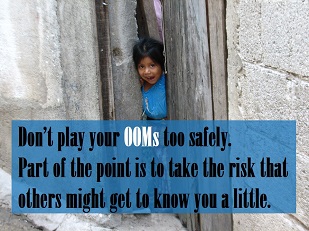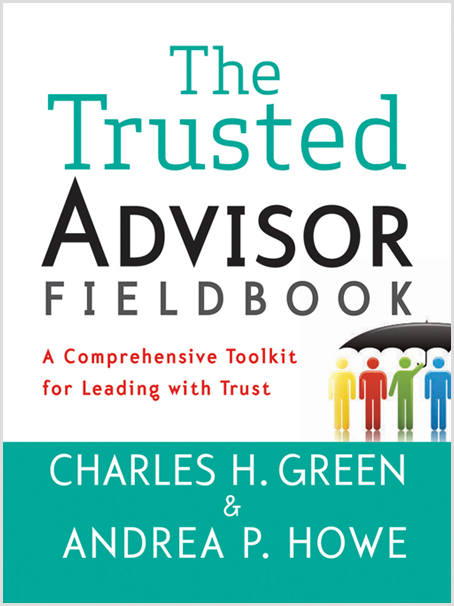This post is part of our Weekly Tips series.

It’s once again a popular vacation time in the U.S. and other parts of the world. Out-of-office messages (OOMs) abound. They’re a curiously potent way of making a lasting impression. Are you making the most of yours—now and always?
An OOM is one of the simplest and most distinctive ways you can personalize your interactions with people. It’s a way to be in touch even when you’re out of touch. I’m regularly surprised at how few people take advantage of this basic relationship tool.
Although it’s becoming more of a “thing,” as evidenced by a humorous article about OOMs that a client recently shared with me on LinkedIn. And I’m no longer surprised at the results my clients report when they get a little creative—like getting immediate responses from clients who are otherwise hard to connect with.
I started getting creative with my own OOMs six years ago when my travel commitments quadrupled after The Trusted Advisor Fieldbook hit the streets. I felt guilty about clients repeatedly getting a generic “I’m out of the office without access to email” response. And I didn’t want to NOT have auto-replies, because I believe in being responsive and accessible. So I began to experiment with ways to turn obstacle into opportunity:
- An easy start, with information about my location: “I’m speaking at the SHRM National Conference in Orlando today…”
- Adding local trivia: “I’m in North Carolina, home of the Krispy Kreme doughnut, through Tuesday evening …”
- Trying quotes, and humor (and both): “Benjamin Franklin said, ‘Either write something worth reading or do something worth writing.’ Today I’m working on the former, curbing my email addiction so I can focus …”
- Sharing personal things: “I’m taking the day off to celebrate my third wedding anniversary …” One senior-level partner in a global firm with a pretty reserved culture once shared via OOM that he was out of the office for his daughter’s wedding, and received countless congratulatory replies from people he might not have otherwise connected with in that way. (Side note: One hazard of a clever OOM is the risk of getting more email.)
Make no mistake, some of my OOMs still feel risky to put out there; I’m just more confident now because of so many positive reactions. One client, when interviewed for feedback on our work together, made an unsolicited mention of my auto-replies: “She’s present even when she’s not present. She’s probably the only person I know that you can get an out of office message and still feel like she’s talking to you … you never feel like you’re disconnected from her.” Another client emails me periodically just to see what I’ve come up with lately by way of OOM. Now that’s my kind of business development.
Tailoring is key—not only to your circumstances, but to your own personal style, to your organization’s culture, and to your audience’s culture. Just don’t play it too safely. Part of the point is to take the risk that others might get to know you a little.
Trust is personal, after all.
Make It Real
This week, draft three different auto-replies that you might use the next time you’re out of the office (or in the office and craving a little breathing room to get stuff done). Experiment with different levels of personal risk-taking. Then commit to using at least one of your drafts.
Learn More

Read more about my auto-reply strategy on Forbes.com, or refresh on six ways other to practice risk-taking in Chapter 9 of The Trusted Advisor Fieldbook: A Comprehensive Toolkit for Leading with Trust.
Andrea Howe
Latest posts by Andrea Howe (see all)
- Why choosing silence in the face of awkwardness can be a trust tragedy - March 21, 2024
- What NOT to do when you think you’re being ghosted - February 21, 2024
- Reprise: If you’ve resolved to have better client relationships this year, great, now ditch your resolution - January 2, 2024
